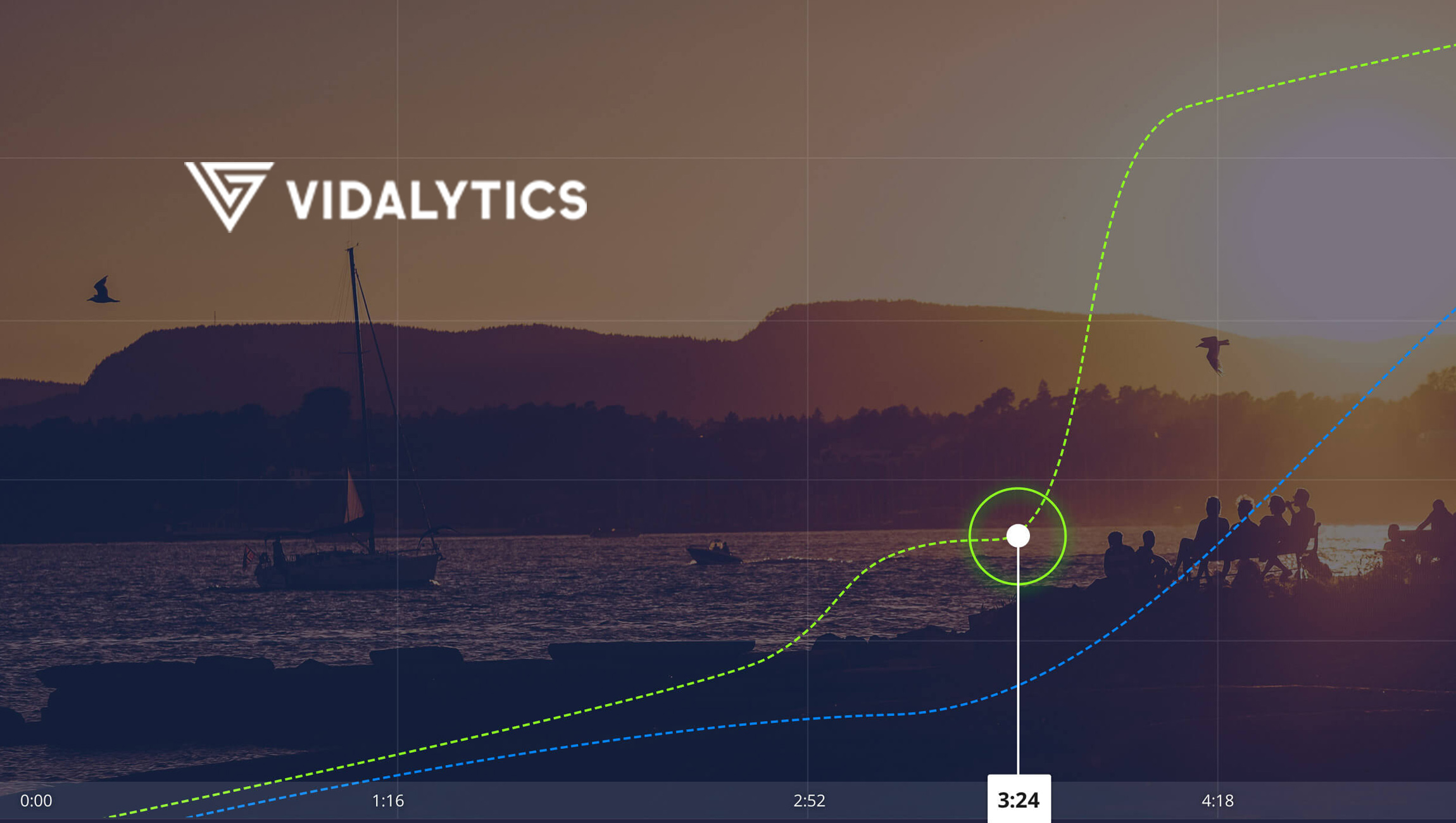 Partner marketing is nearly as old as the web itself, so some people erroneously assume that ours is a fairly constant world of best practices and approaches. But as more and more timely data become available for marketing analysis, this segment of digital is changing rapidly, in powerful and profound ways. Here are four data trends that will have a great impact on performance marketing in 2018.
Partner marketing is nearly as old as the web itself, so some people erroneously assume that ours is a fairly constant world of best practices and approaches. But as more and more timely data become available for marketing analysis, this segment of digital is changing rapidly, in powerful and profound ways. Here are four data trends that will have a great impact on performance marketing in 2018.
Merchants Will Personalize Pricing Based on an Individual’s Level of Interest and Ability to Pay
As our ability to collect and analyze more consumer information grows, our level of insight into the need state and financial wherewithal of users would power individualized pricing for lots more goods and services. Gone are the days when a retailer had to publish a single price to all comers.
Individualized pricing means that the merchant adjusts the price for something based on inferences about how much an individual user wants it, and what they can afford. Imagine, for example, you and I visit a website and look at a sweater. If you are richer than me, you’d see higher prices on the website than I do. If you choose to buy, they’ll make more on a sale to you because you can afford to pay a higher price.
A few innovator retailers are reportedly using signals like the make and model of a person’s computer to make judgments about their income and disposable income. Similarly, some retailers reportedly leverage data on the number of times a person has visited a specific item to power more informed individualized pricing. Expect this trend to expand rapidly in 2018 as retailers struggle for ways to sell more goods and improve margins.
Also Read: Trends in Marketing Technology Budgets Could Impact Data Quality and Hygiene
Marketers Will Optimize DR Campaigns to LTV Instead of CPA
Digital has become such a popular venue for performance marketing because we could calculate, with unprecedented certainty, the true cost of driving purchases and attracting new customers. Understanding the CPA for a program helped us make great strides in measuring and ranking different direct marketing tactics. By spending more on the most efficient programs, we could improve marketing effectiveness and ROI.
But over the past 18 months, we’ve seen an explosion of interest in using LTV analysis as a more effective way to optimize. As companies have improved their data collection and customer profiling, it has become easier for brands to track all of an individual’s purchases and associate them with the program or tactic that attracted them to the business in the first place.
That means that instead of pouring money into tactics that drive the lowest CPA, data-driven marketers are adjusting their mix of tactics to favor those that drive a higher average user LTV. It’s clear that this trend is poised for growth in 2018.
Real-Time Sales Data Will Empower Brands to Constantly Adjust Prices and Improve Average Margins
As real-time data have become more and more common in e-commerce and performance marketing, we can expect more advertisers to leverage sales modeling and machine learning to maximize profit by constantly adjusting the mix of promoted goods based on item availability and existing stocks.
There’s nothing new about using discounts to push distressed inventory, but real-time data takes this concept to a whole other level, enabling brands to balance, margins, sell-through rates, and profitability constantly, at an item level.
For example, a retailer could compare daily estimates of sell-through for a specific item against current stocks and start making small pricing adjustments to address volume shortfalls.
Small adjustments throughout a selling season might drive the better average price per unit, instead of waiting until there’s a big problem that requires a 50% off discount. In this way, the merchant could sell more goods at a higher margin.
Also Read: How CMOs Can Turn Analytics into their Secret Weapon
In Partner Marketing, Advertisers Will Offer Many More Commission Rates Based on the Quality of Users Attracted By Different Channels
Years ago, most companies that were active in partner and affiliate marketing paid everyone based on the same bounty structure. But today, we see a growing number of brands creating a broad range of commission and fee structures based on the type of publisher, their historical sales record, the scale that they drive, and their role in the overall consumer decision-making process. This plethora of payment models is informed by much richer data on the cost and quality of users attracted by different types of partners.
When I started in partner marketing, the most common number of commission rates or bounties for a brand was one. These days, leading brands often have dozens of rates, reflecting a richer understanding of the quality of users that each class of partner attracts. The advertisers drive more and more profitable sales because richer and more complete data enable a better understanding of their businesses.
Recommended Read: AI-Powered ‘Intelligent’ Marketing Will Keep It Real











